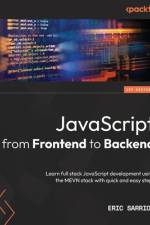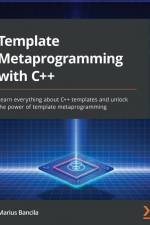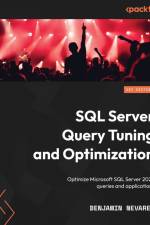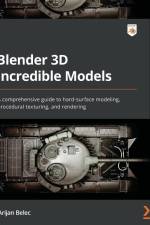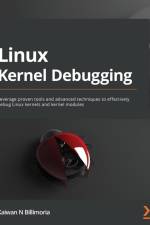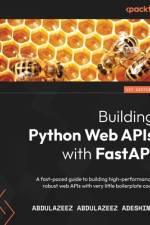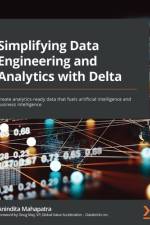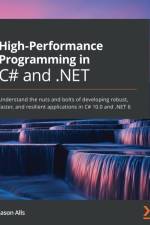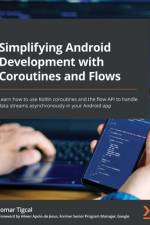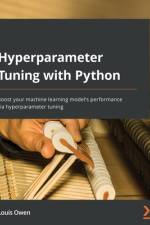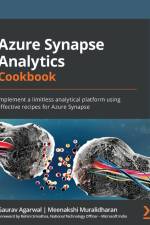av Vishal Pathak
589,-
Build efficient data lakes that can scale to virtually unlimited size using AWS GlueKey Features:Learn to work with AWS Glue to overcome typical implementation challenges in data lakesCreate and manage serverless ETL pipelines that can scale to manage big dataWritten by AWS Glue community members, this practical guide shows you how to implement AWS Glue in no timeBook Description:Organizations these days have gravitated toward services such as AWS Glue that undertake undifferentiated heavy lifting and provide serverless Spark, enabling you to create and manage data lakes in a serverless fashion. This guide shows you how AWS Glue can be used to solve real-world problems along with helping you learn about data processing, data integration, and building data lakes.Beginning with AWS Glue basics, this book teaches you how to perform various aspects of data analysis such as ad hoc queries, data visualization, and real-time analysis using this service. It also provides a walk-through of CI/CD for AWS Glue and how to shift left on quality using automated regression tests. You'll find out how data security aspects such as access control, encryption, auditing, and networking are implemented, as well as getting to grips with useful techniques such as picking the right file format, compression, partitioning, and bucketing. As you advance, you'll discover AWS Glue features such as crawlers, Lake Formation, governed tables, lineage, DataBrew, Glue Studio, and custom connectors. The concluding chapters help you to understand various performance tuning, troubleshooting, and monitoring options.By the end of this AWS book, you'll be able to create, manage, troubleshoot, and deploy ETL pipelines using AWS Glue.What You Will Learn:Apply various AWS Glue features to manage and create data lakesUse Glue DataBrew and Glue Studio for data preparationOptimize data layout in cloud storage to accelerate analytics workloadsManage metadata including database, table, and schema definitionsSecure your data during access control, encryption, auditing, and networkingMonitor AWS Glue jobs to detect delays and loss of dataIntegrate Spark ML and SageMaker with AWS Glue to create machine learning modelsWho this book is for:This book is for ETL developers, data engineers, and data analysts who want to understand how AWS Glue can help you solve your business problems. Basic knowledge of AWS data services is assumed.




